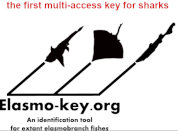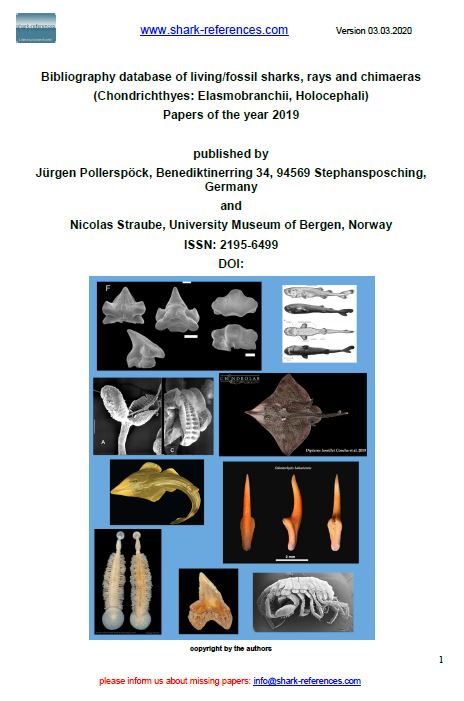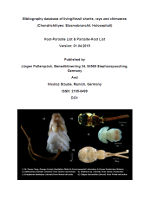
Elasmobranch cognitive ability: using electroreceptive foraging behaviour to demonstrate learning, habituation and memory in a benthic shark. Animal Cognition, 17(1), 55–65
DOI: 10.1007/s10071-013-0637-8

The ability of a benthic elasmobranch to discriminate between biological and artificial electric fields. Marine Biology, 158(1), 1–8
DOI: 10.1007/s00227-010-1537-y

Male-female interactions affect foraging behaviour within groups of small-spotted catshark, Scyliorhinus canicula. Animal Behaviour, 77(6), 1435–1440
DOI: 10.1016/j.anbehav.2009.02.014

The potential for cooperative management of elasmobranchs and offshore renewable energy development in UK waters. Journal of the Marine Biological Association of the United Kingdom, 85(5), 1075–1081
DOI: 10.1017/S0025315405012117
















